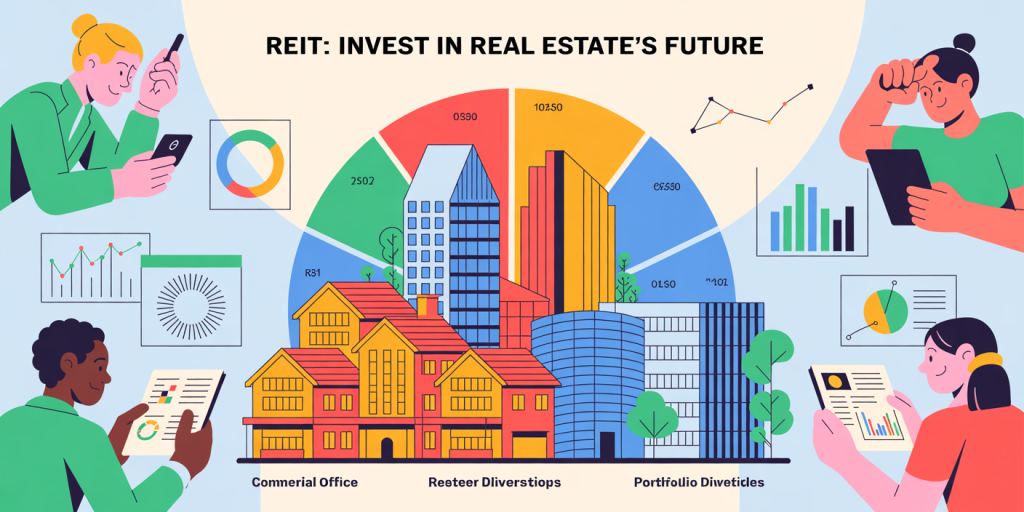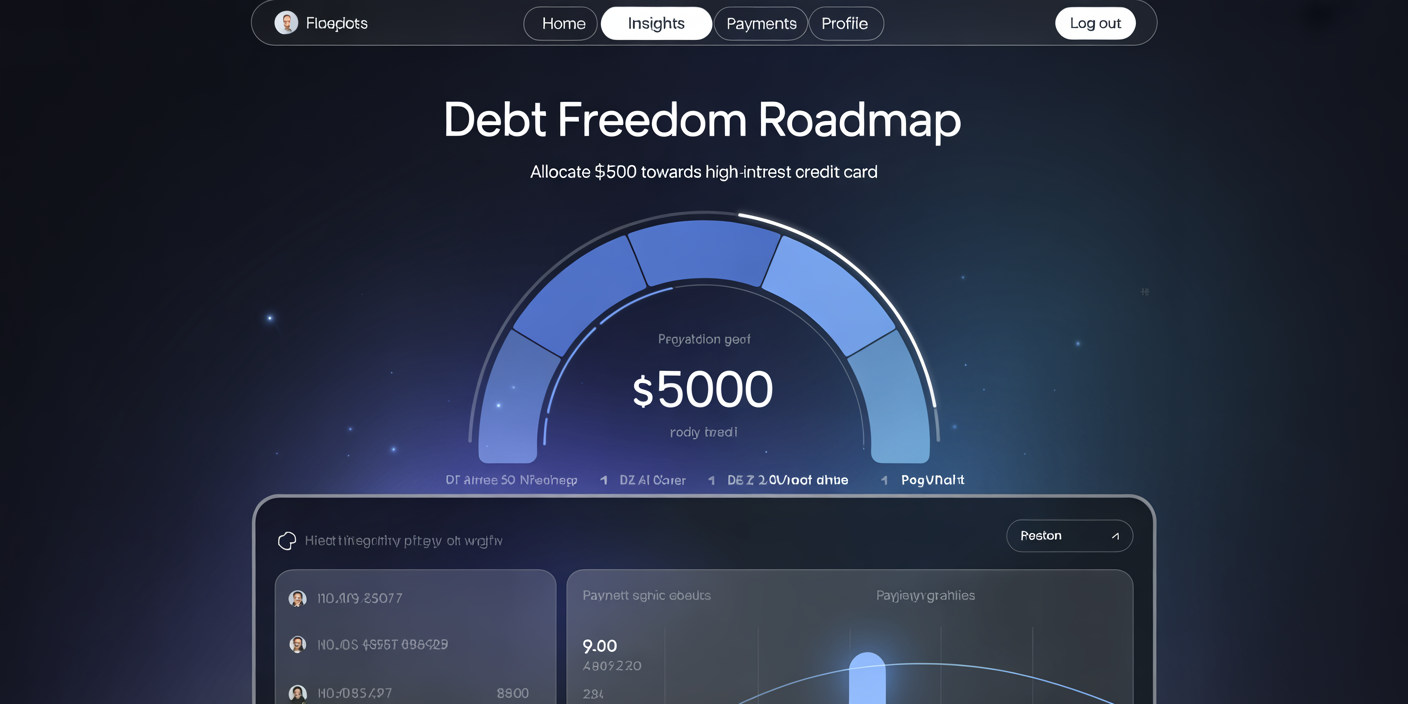Pros and Cons of REITs (Real Estate Investment Trusts)
Anúncios
Real Estate Investment Trusts (REITs) have gained substantial popularity as an accessible way for investors to participate in real estate markets without directly owning physical properties. Since their creation in the early 1960s in the United States, REITs have expanded globally, offering a diverse array of investment opportunities across various real estate sectors such as commercial, residential, industrial, and healthcare properties.

REITs are essentially companies that own, operate, or finance income-producing real estate. They are required by law to distribute at least 90% of their taxable income to shareholders as dividends, making them attractive for income-seeking investors. However, like any investment vehicle, REITs carry both advantages and drawbacks, requiring a nuanced understanding before adding them to an investment portfolio.
Understanding How REITs Work in Practice
Anúncios
REITs function somewhat differently from traditional stocks due to their real estate focus and dividend obligations. Investors can purchase shares of publicly traded REITs on major stock exchanges, similar to buying any other stock. This liquidity contrasts sharply with direct real estate investments which often involve significant capital and illiquidity.
For example, consider American Tower Corporation (AMT), a leading REIT specializing in communication infrastructure such as cell towers. Through AMT, investors gain exposure to a rapidly growing sector that demands robust real estate assets but without the usual complexities of property management. Conversely, a residential REIT like AvalonBay Communities (AVB) focuses on apartment communities, benefiting from rising rental demands in urban areas.
Anúncios
This practical accessibility is underscored by data: according to Nareit, the National Association of Real Estate Investment Trusts, total REIT market capitalization in the U.S. reached approximately $1.4 trillion in 2023, reflecting significant investor confidence and scale.
Advantages of Investing in REITs
Stable Income Through Dividends
One of the most celebrated pros of investing in REITs is the steady stream of income generated by dividends. By law, REITs must pay out at least 90% of their taxable income, which translates into relatively high dividend yields compared to typical equities. As of early 2024, publicly traded equity REITs in the U.S. have averaged dividend yields of about 4-5%, which is notably higher than the S&P 500 average dividend yield of roughly 1.5-2%.
For instance, Realty Income Corporation (O), often dubbed “The Monthly Dividend Company,” focuses on commercial properties leased primarily to retail tenants. This REIT has consistently paid monthly dividends for over 50 years, making it a favorite for income-focused investors seeking predictable cash flow.
Diversification and Inflation Hedge
REITs allow investors to diversify their portfolios beyond traditional stocks and bonds. Because real estate returns tend to have a low correlation with equities and fixed income, REITs can reduce overall portfolio volatility. Moreover, many REITs own properties with leases tied to inflation (e.g., rent escalations based on the Consumer Price Index), providing effective protection against inflation.
Statistics reinforce this: during inflationary periods, such as in the late 1970s or the recent inflation surge post-2021, certain REIT sectors, especially industrial and residential, have shown resilient performance, maintaining or even increasing dividend payouts in real terms. For example, Prologis (PLD), an industrial REIT focused on logistics properties, benefitted from e-commerce growth and inflation-adjusted rent contracts in 2022-2023, leading to significant total return gains exceeding 20%.
Accessibility and Liquidity
Publicly traded REITs provide a relatively low barrier to entry compared to direct real estate purchases. Investors can start with modest amounts and buy shares easily through brokerage accounts, unlike purchasing physical property that typically requires large capital and complex legal processes. Further, the daily liquidity of public REITs enables investors to react quickly to market changes, unlike physical real estate or private REITs, which are often illiquid.
For example, between 2019 and 2023, the average daily trading volume of major REIT ETFs such as Vanguard Real Estate ETF (VNQ) consistently exceeded 5 million shares, underscoring robust liquidity and investor interest.
Drawbacks and Risks Associated with REIT Investments
Sensitivity to Interest Rate Changes
REITs are often sensitive to interest rate fluctuations due to their heavy reliance on debt financing. Rising interest rates increase borrowing costs, potentially reducing profit margins and dividend sustainability. Moreover, higher fixed-income yields can make REIT dividends less attractive in comparison, leading to share price declines.
The market behavior during the Federal Reserve’s rate hikes in 2022 highlights this risk. Many REITs saw notable price corrections, with the Equity REIT index dropping about 15% in the first half of the year, compared to only a 6% dip in the broader S&P 500. For investors with a short-term horizon or concerns about rising rates, this volatility can be a significant deterrent.
Market and Economic Cyclicality
Though real estate markets can offer diversification benefits, REITs still face sector-specific and economic risks. During economic downturns, property values, rental incomes, and occupancy rates often decline. This can impair cash flow, causing dividend cuts or suspensions.

Consider the COVID-19 pandemic in 2020: hospitality-focused REITs such as Host Hotels & Resorts (HST) were among the worst hit, suffering occupancy rates plunging below 20% at peak lockdowns. This resulted in dividend suspensions and steep share price declines. On the other hand, data center REITs like Equinix (EQIX) remained stable or even grew, demonstrating that sector selection matters profoundly in REIT investments.
Tax Complexity and Yield Taxation
While dividends from REITs provide substantial income, tax treatment can be less advantageous. Unlike qualified dividends from regular corporations, REIT dividends are generally taxed as ordinary income, subject to higher tax rates depending on the investor’s bracket. Although the 2017 Tax Cuts and Jobs Act introduced a 20% deduction for qualified REIT dividends under certain conditions, tax planning remains essential.
This may create a disadvantage for heavily taxed accounts compared to investing in tax-advantaged accounts such as IRAs or 401(k)s. Moreover, some investors may face state-level tax implications depending on the REIT’s operations and residence.
Comparative Overview of REIT Types and Their Performance
To better understand REITs’ nuances, it’s important to examine differences across key types — equity REITs, mortgage REITs, and hybrid REITs.
| REIT Type | Main Income Source | Typical Dividend Yield | Volatility Level | Risk Factors | Example Company |
|---|---|---|---|---|---|
| Equity REITs | Rental income from properties | 3-6% | Moderate | Market cycles, property management | AvalonBay Communities (AVB) |
| Mortgage REITs | Interest income from real estate loans | 8-12% | High | Interest rate risk, credit risk | Annaly Capital Management (NLY) |
| Hybrid REITs | Combination of rental and interest income | 5-9% | Moderate-High | Mix of both equity and mortgage risks | AGNC Investment Corp (AGNC) |
Mortgage REITs, while offering higher yields, tend to carry greater risks, especially related to rising interest rates affecting borrowing costs and mortgage defaults. Hybrid REITs provide an intermediate option but require careful assessment of portfolio composition.
Real Case Study: Performance Through Market Cycles
An illustrative example can be drawn from the performance of Simon Property Group (SPG), one of the largest retail-focused equity REITs globally. Despite challenges facing brick-and-mortar retail since 2015 due to e-commerce disruption, SPG maintained resilience by adapting its portfolio towards higher-quality malls and adding experiential retail elements.
During the pandemic, SPG’s dividend was temporarily suspended, and the stock price dropped over 50% from its 2019 highs, demonstrating susceptibility to economic shocks. However, by mid-2023, recovery efforts, combined with reopening economies and improved consumer spending, led SPG’s share price to rebound by nearly 60%, albeit not fully recovering to previous peaks. This case highlights both vulnerability and recovery potential embedded in REIT investments.
Future Perspectives for REIT Investments
The future of REITs looks promising but also complex amid evolving economic conditions and technological disruption. Several trends are shaping this outlook: Technological Integration: REITs specializing in data centers, cell towers, and infrastructure are expected to grow due to increasing digitalization and 5G rollout. Equinix and American Tower exemplify this shift towards tech-driven real estate assets. Sustainability and ESG Considerations: Environmental, Social, and Governance (ESG) factors are becoming a priority for investors and regulators alike. REITs that embrace green building standards and energy efficiency may enjoy higher valuations and tenant demand. Demographic Shifts: Aging populations and urbanization trends will influence sectors such as healthcare, senior living, and multifamily residential REITs. Well-managed REITs tapping into these demographics could outperform. Interest Rate Environment: The trajectory of global interest rates will remain crucial. If inflation stabilizes and rates moderate, REIT valuations and dividend yields could benefit greatly. Conversely, sustained high rates could suppress returns.

Overall, investors need to stay attentive to macroeconomic indicators, sector-specific developments, and technological innovation to harness REITs’ full potential while managing inherent risks.
Real Estate Investment Trusts represent a unique bridge between real estate asset appreciation and stock market liquidity. Their pros include steady dividends, portfolio diversification, and accessibility, but they are not without challenges like interest rate sensitivity, economic cyclicality, and tax nuances. Tailoring REIT investments to one’s risk tolerance, investment horizon, and sector outlook will be essential to unlocking their rewarding possibilities in a dynamic economic landscape.



Post Comment